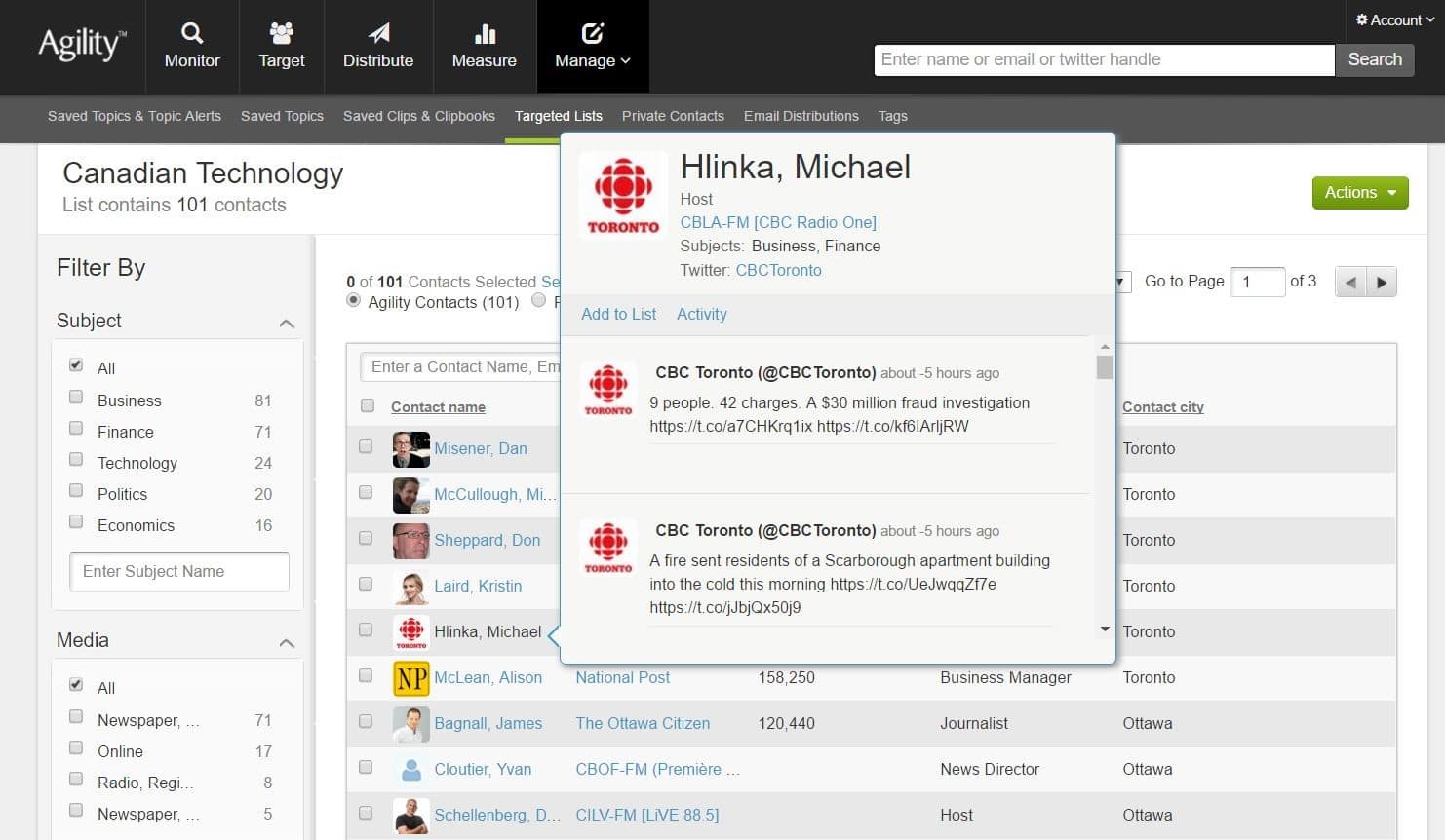The reports of the death of the press release have been greatly exaggerated. A press release can be an effective way to relay information to the press, and ultimately the public. But it takes a special something to get it noticed.
Here are five press release tips to ensure your work will stand out from the crowd.
1. Make sure your story is newsworthy
Before you begin, ask yourself the following questions:
- Would anyone outside my organization care about this announcement?
- Is this story relevant AND interesting to my target audience?
If you have answered an honest ‘yes’ to these questions, then read on these press release tips. If not, put the press release on the shelf until you have something truly worthwhile to report. No one wants to lose credibility with journalists because they have sent too many press releases that don’t contain anything newsworthy.
2. Start with an outline
Journalists get hundreds of emails and press releases every day. Even though you might find a 1000-word description of your product’s new login page fascinating, it’s unlikely any journalist will. The ideal length of a press release is about 300-400 words, which is only three or four short paragraphs and a couple of quotes. So, start with a 3-4 section outline of the story and then write one or two sentences for each. And remember bullet points are your friend – they make your story easier to skim and make important points stand out.
For example: Press release about your new client (web site, product, customer)
- What is your client doing that will change the world (not just for you) – Here is where you want to detail the benefits of your client’s new product or service and give some examples of how it is improving the lives of others, generating sales or any other positive advantages it brings.
- Best thing about your new client – Including a quote from a reliable source either within the company or someone who has benefited from their service or product. This will provide validation for what they do and give readers more confidence in their offering.
- 2nd best thing about your new client – There must be more than one reason your client is a leader in their field. Include any other milestones, awards received or key personnel that might be newsworthy.
- Where they can see pictures of your new client’s product offering or service – Social media is a great place to showcase your client’s offering, especially if there is a visual component. A great product can be highlighted with a properly formatted image on Instagram, Facebook and Twitter. Even if it is a service, there is always a way to make a visual impact. Why not try using a video that can be used as a how-to guide and post to Youtube.
3. Use quotations to reinforce your main point
Remember, a journalist may end up using the quote in their story word for word so make sure it includes the main message of your release. It should also read like a real person, and ideally sound like something the person you are quoting would say. Don’t use technical language or buzz words. If quoting someone in your organization, ensure it is someone who knows their stuff and can answer any media requests if you get some pick up.
A good quotation: “The advanced molecular technology in our new rain poncho makes it the most waterproof poncho in the market”
A bad quotation: “The double-quark boson hydrosphere will eliminate the need for conventional synthetic external H2O protective gear and increases the likelihood that saturation will not occur”
4. Figure out who is most likely to pick up your story
The media landscape is constantly changing, making it hard to keep up with who is working (or writing) where. Although you can create your own media contact list, maintaining that list and keeping up with all the media moves is nearly impossible. That’s why a trustworthy media contact database that is constantly reviewed and updated is worth its weight in gold. There are a few companies that provide contact databases of journalists, analysts that you can search. But before you pick one, make sure that the database includes the regional, global or industry publications you care about and find out how they ensure their information is up to date.
5. Go beyond the wire
Don’t call it a day after you’ve sent out your release over the wire. Reach out to a few of the journalists or influencers you’ve identified above and sent them a direct message about your release. Paste your release into the body of the email beneath a short executive summary. This makes it easy for journalists to quickly understand what your story is about (and whether they are interested in learning more). Include images or links to videos that provide more details, but don’t send attachments. Big files like that can clog up inboxes which won’t win you any friends, or get caught in spam filters
Does your organization need help finding journalists and amplifying messages? Contact us to find out how we can help you identify journalists and influential authors and engage directly with them to amplify coverage.








